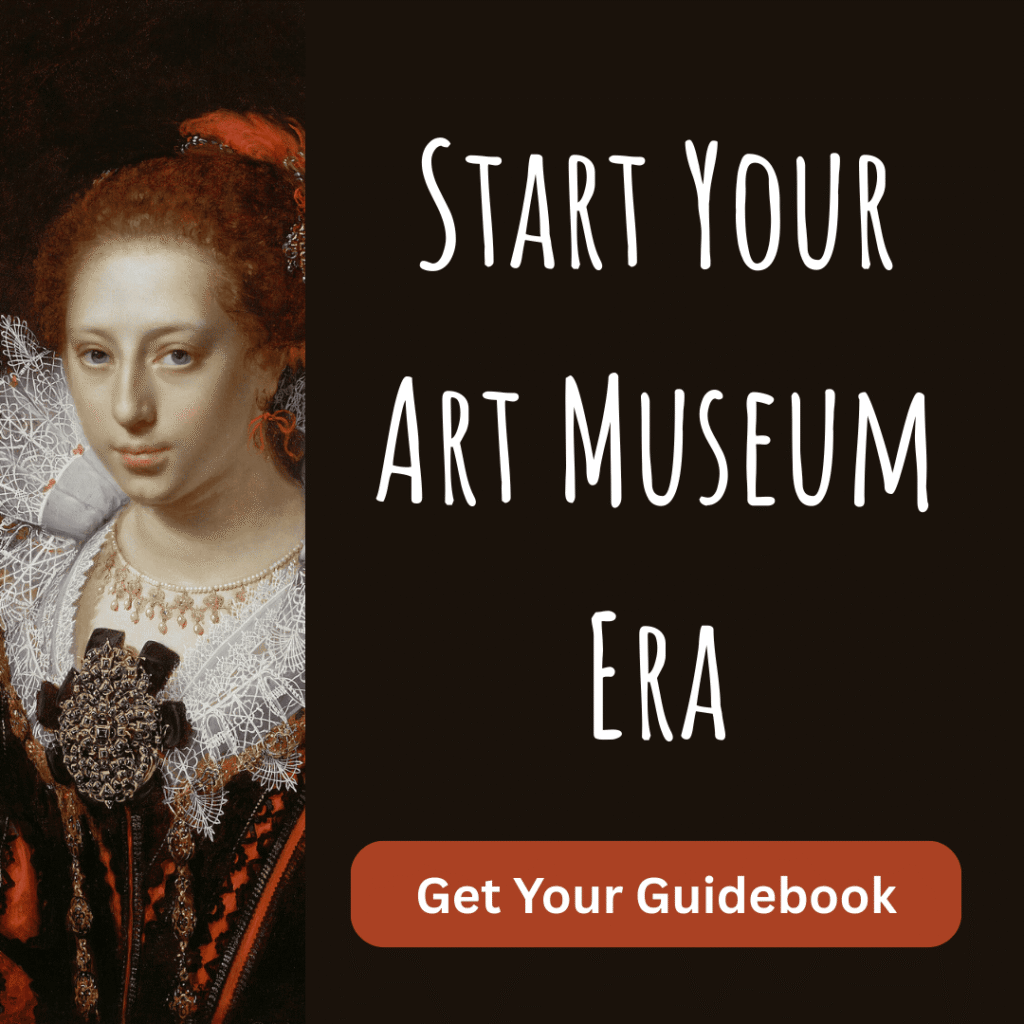
Today’s prompt told me to write about a contrast between two things. The first idea that came to mind for me was contrasting points of view or interpretations. Have you ever been in a situation where you and someone else experienced the exact same thing at the exact same time, yet both of you were left with completely different ideas about what happened? Some of my classmates and I once wrote and acted in a short play about this very idea. We portrayed a group of very diverse students from the same dormitory, all of whom witnessed the same incident but had very different ideas about what had happened and who was at fault. I’ve also experienced a particular situation in a certain way when it first occurred, but other events or additional information has made me drastically reconsider my point of view at a later date. Art and history are both full of such contrasting interpretations. Art is by nature subjective, meaning that many people can see the same work of art and yet have extremely different ideas about what it is intended to mean. History often works in much the same way, as time tends to render facts murky and motivations difficult to pin down, providing fertile ground for theorizing and hypothesizing.
When I was in college, I participated in a classroom debate that illustrated this potential for contrasting interpretations quite nicely. The topic was the Cloisters Cross, a mid-twelfth century, walrus ivory cross elaborately decorated with carved figures and scenes. It likely comes from the Abby of Bury St. Edmunds in England and now resides at The Cloisters Museum in New York. The subject of the debate was whether or not the carvings on the Cloisters Cross are anti-Semitic. I was put on the team that was supposed to argue that the cross is not anti-Semitic. I don’t remember whether I was given that position or I chose it, but either way, I don’t necessarily agree with it. However, I did really enjoy the fact that it was definitely the more challenging side to successfully argue. The problem was that my less-motivated teammates gave up halfway through the debate, leaving me to fend for myself. Needless to say, I lost the debate, but the professor told me later that she was prepared to step in on either side if she felt it necessary. I asked her why she hadn’t found it necessary to help me out when it was just me against six or eight classmates from the other team. She replied that she thought I did just fine on my own. Never underestimate my stubbornness!
My main idea here, however, isn’t my debating skills. I’m trying to illustrate the point that the Cloisters Cross is completely capable of supporting two completely contradictory points of view. There are certain symbols and figures on the cross that, taken in a certain way, can be interpreted as anti-Jewish. I honestly don’t recall all the specifics of the debate, which took place several years ago, but I do remember that one of the central arguments involved a female figure using a spear to stab a sheep. This female figure has be interpreted as a personification of the synagogue, and the sheep is pretty likely to represent Christ – a fair assumption given the context – and therefore, the scene may be intended to blame the Jewish people for Jesus’ death. However, if you interpret the female figure to mean something else, as I’m pretty sure some people have, than the scene can have a different meaning. This kind of argument can also apply to many other images on the cross; assigning different identities or symbolism to different figures and other elements can produce varying readings. Similarly, many other works of art contain symbolic elements that have no definite meaning or single clear narrative. Therefore, scholarship often cooks up multiple possible meanings for the same work of art, all of which may be equally well supported and defended though them are diametrically opposed to one another. Historical background can sometimes help in determining which points of view are most valid, as in the case of the Cloisters Cross, when history provides additional support for an anti-Semitic reading. It’s usually impossible to ever know which (if any) of the possible interpretations put forth are the correct one. I think that’s both the intrigue and frustration of art history. I love posing my theories and thinking that they might be correct, particularly if I have the idea that I might be the first person to think about a particular artwork in a particular way, and the fact that I can never be sure is simultaneously fascinating and maddening.


